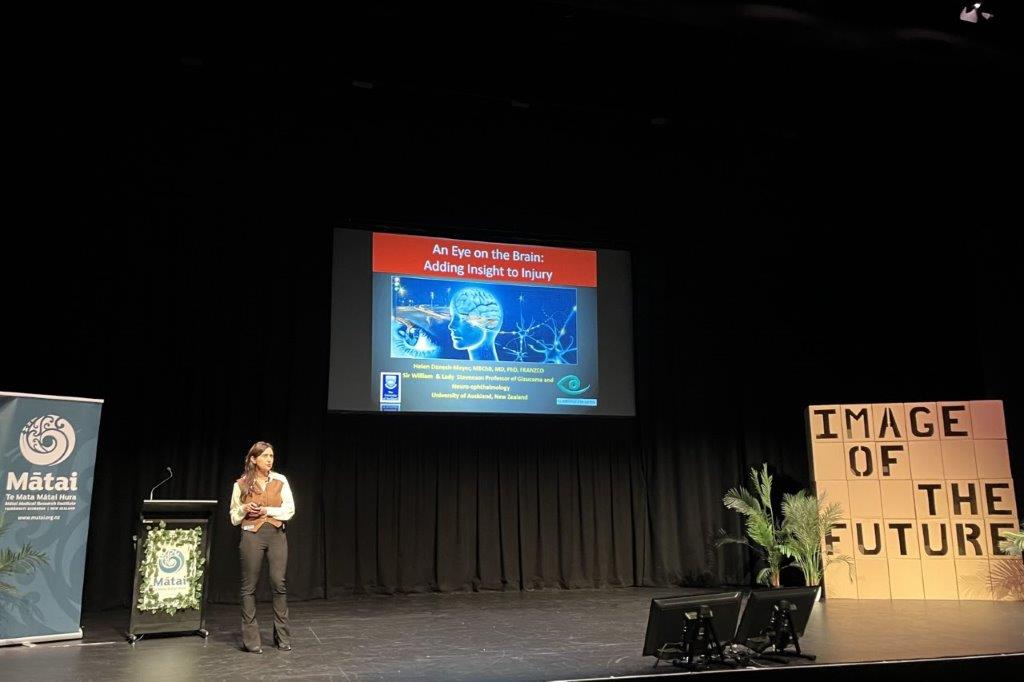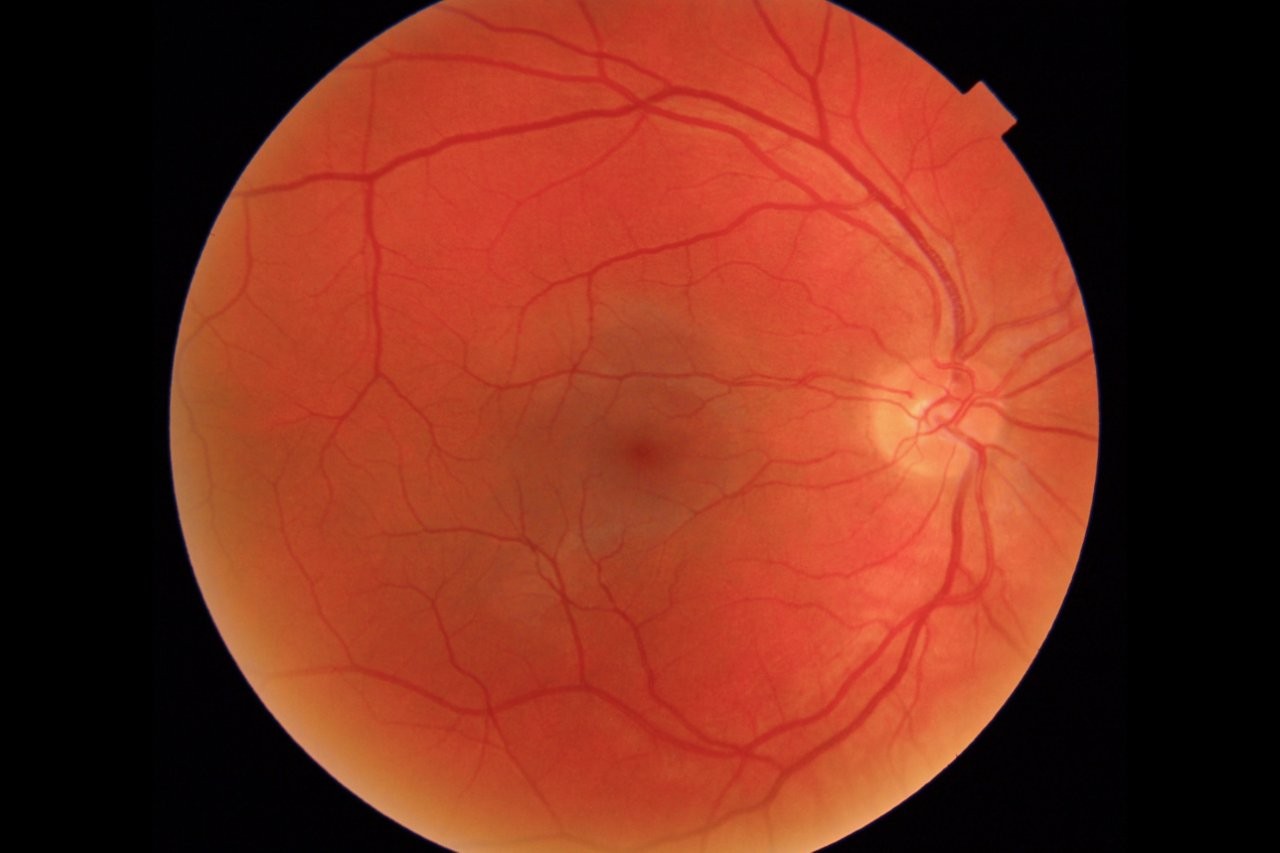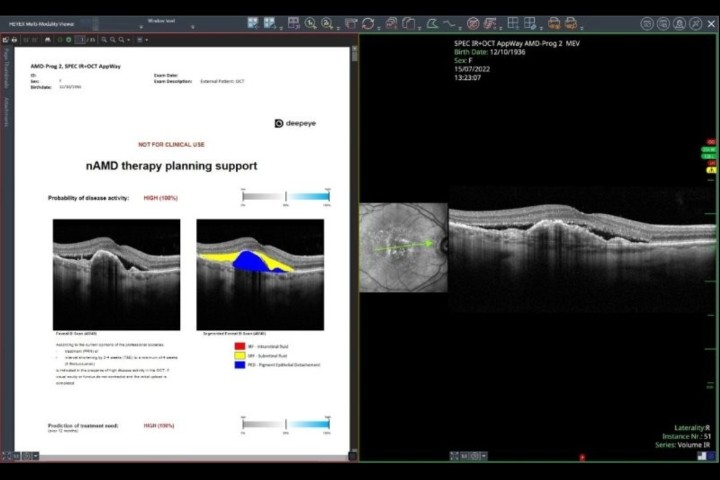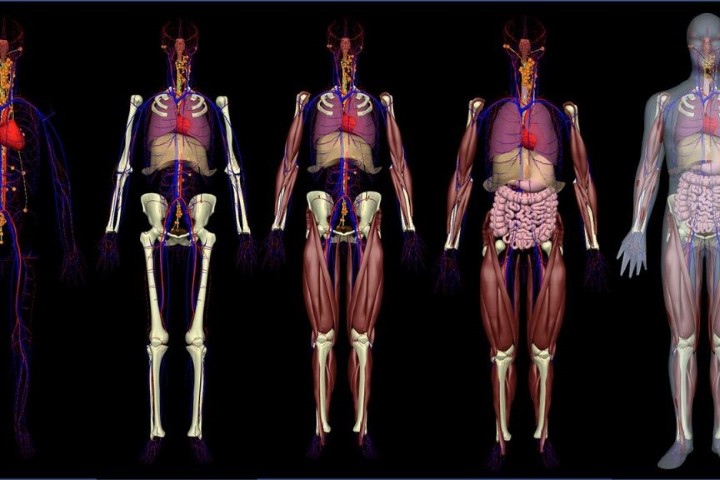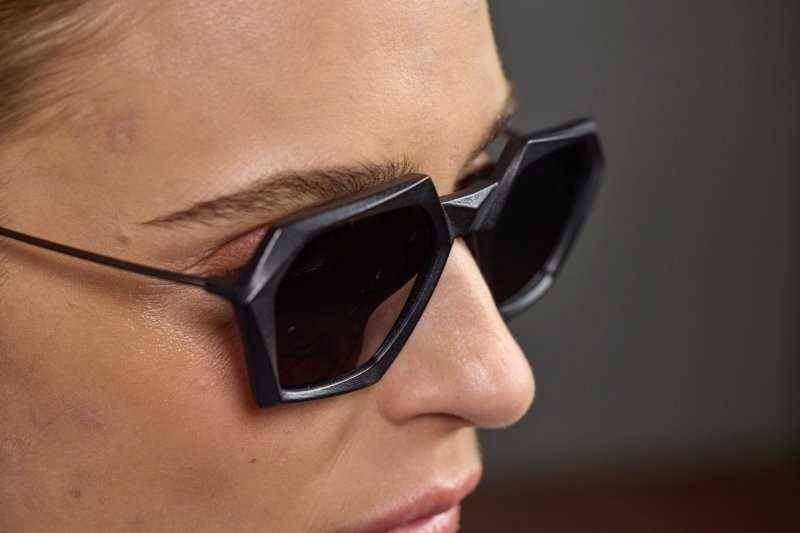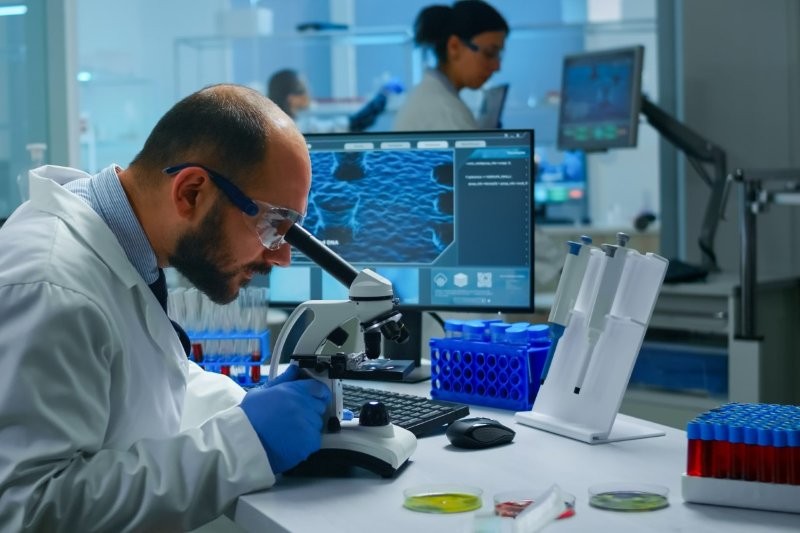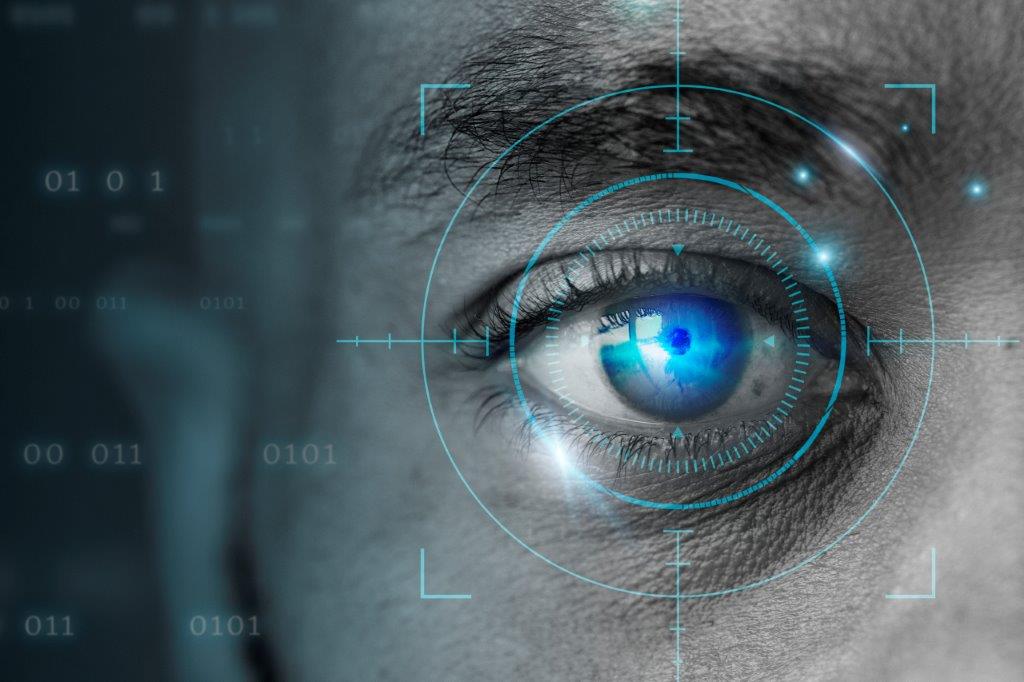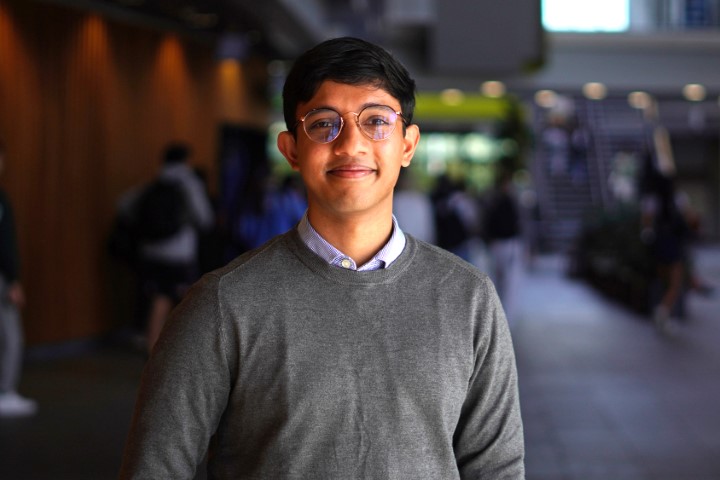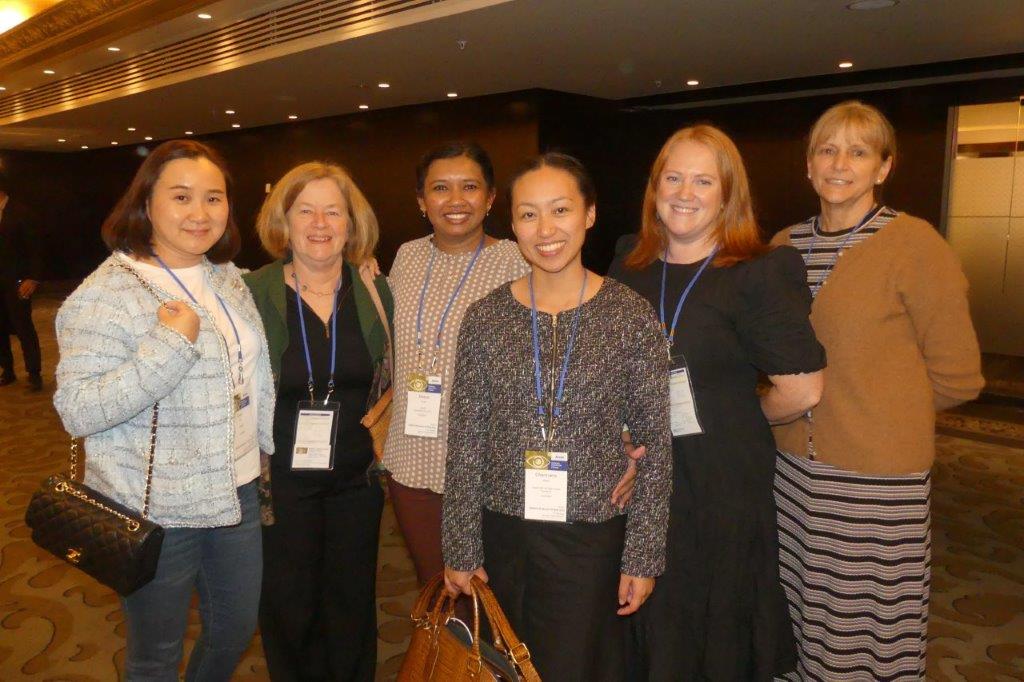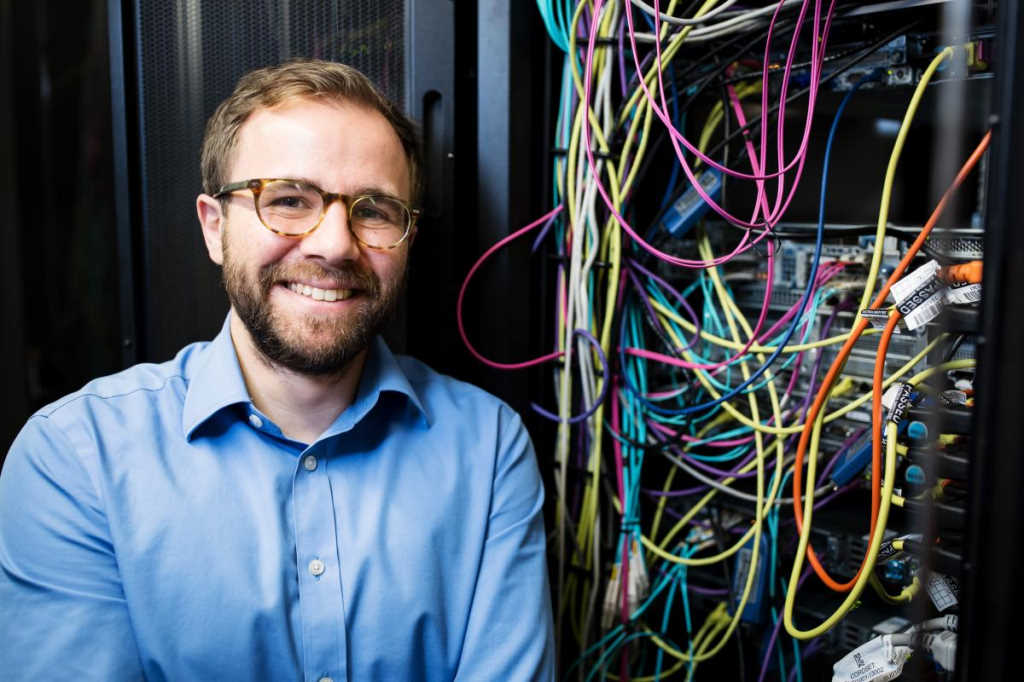Sharing viewpoints at the Mātai symposium
After Robbie Williams’ November 2023 concert at the Mission Estate Winery, there were many comments about how good it was to have people back on the east coast after Cyclone Gabrielle. The same applied to Mātai Medical Research Institute’s ‘Image Of The Future’ symposium, which attracted speakers to Gisborne from as far afield as Australia, Canada and the US, including 15 professors, plus researchers, students and many familiar faces from New Zealand’s eyecare community.
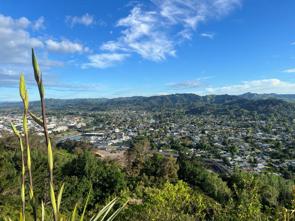
Gisborne from Titirangi hill. Credit: Dr Jesse Gale
Mātai has established a sort of mini-university campus in Gisborne, which has grown around its 3 Tesla MRI imaging machine - considered the best in the country. The symposium focused on MRI imaging, mainly involving the brain. With the eye being the brain’s anatomical outpost, the buzz was that the eye-related presentations were attendees’ favourites!
Wellington-based ophthalmologist Dr Jesse Gale presented his project involving the inversion of volunteers to see how the pressures of the eye and brain change relative to each other, and how eye structures change, which has implications for patients with glaucoma or intracranial hypertension. He also discussed his research with Mātai, which involves applying positive or negative pressures to the orbit using customised goggles from California, then examining the orbit with MRI to determine which structures are most compliant and how these factors vary between subjects.
Having led one Mātai study on whole-body MRI scans of children, I presented on whole-body health from an eye picture (or OCT scan). This was a chance to highlight basic clinical practice, AI work from Professor Pearse Keane’s group at University College London, plus the relationships between dementia and the eye revealed in the Dunedin Study. Predicting heart attack, stroke, dementia and Parkinson’s disease from an eye photo really would be an image for the future!
Concluding the first day, Auckland-based neuro-ophthalmologist Professor Helen Danesh-Meyer presented ‘An Eye on the Brain’. Focusing on her own research, she discussed how rapid advances in technology have allowed us to use the eye to help understand brain disease. This included her 2006 study, which was the first to use retinal nerve fibre layer (RNFL) thickness as a surrogate for cognitive function. Her team has since explored neurological conditions including Huntington's chorea, myotonic dystrophy and frontotemporal dementia.
Stepping away from eyes for the second day, Distinguished Professor Peter Hunter, founder of the Auckland Bioengineering Institute at the University of Auckland, shared some of his impressive work to establish a human body digital twin from which modelling can predict disease onset. Heart surgeon and Mātai Medical Research Institute principal investigator Dr William Peters then discussed how the shape of the heart is determined by the flow dynamics of blood. The rest of the final day covered traumatic brain injury and concussion, dementia and some fascinating insights on psychedelics and wellbeing innovations.
It’s safe to say Mātai’s 3 Tesla MRI will offer us gateways to many more incredible discoveries within its lifetime.

Dr Graham Wilson is a Gisborne-based ophthalmologist, principal investigator (Vision) for the Dunedin Study and an honorary clinical associate professor of ophthalmology with the Department of Paediatrics and Child Health at the University of Otago. His research interests include Māori eye health, children’s eyes, population health and using OCT and other ophthalmic assessments as early biomarkers of brain injury.










